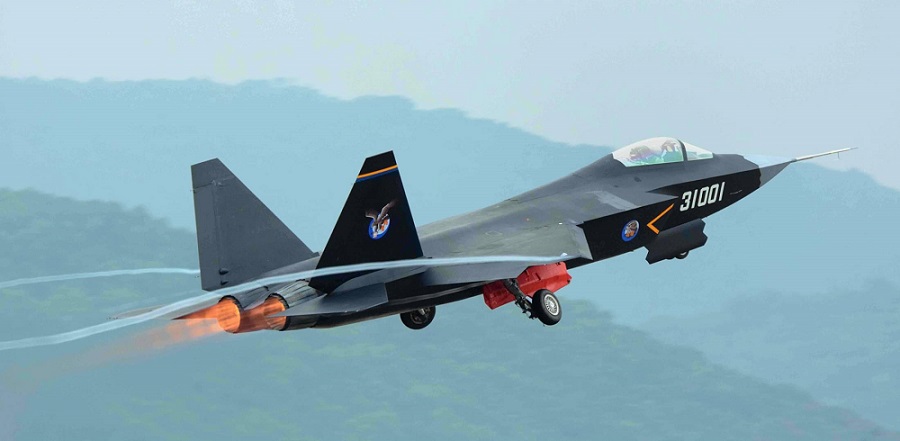China, through the Information Office of the State Council, announced on Friday 27 December that its GPS-equivalent system, Beidou, will be fully operational with two satellites in geostationary orbit before June 2020.
The Chinese satellite geolocation system, Beidou, should cover the entire planet by June 2020.
The Chinese strike force to impose its system
The authorities did not hesitate first to impose it on their citizens and the country’s public services to convince users to prefer the Chinese system to Uncle Sam’s GPS history. According to Les Echos, in 2018, six million private cars were using Beidou in China, as were domestic airplanes, buses, postal services, and a large number of ships.
Also, based on this strategy, China has used its long-standing Silk Road project to encourage countries such as Pakistan, Laos, and Thailand to use Chinese technology. Today Beidou is present in 90 countries.
Enough to scare off American and European competitors. Especially since in the same conference, Ran Chengqi confirmed the project of an even more precise geolocation system planned for 2035.
A project launched in 2020
With this announcement, China has become a real competitor to the American geolocation system. For its part, the European Galileo project is experiencing multiple delays and breakdowns and its completion is not expected until 2023 with a 10-year delay.
Beidou, the name is a reference to the Chinese word for the Big Dipper, was launched in 2000, the year it began to be used in China. By 2012, the entire Asia-Pacific region was covered. Last year the project managers announced that they would be able to cover the planet in 2020, and the press conference held on 27 December confirms this forecast.
The director of the project, Ran Chengqi, announced, relayed by ABC, that the core of the system was completed with the launch of satellites in December. This launch brings the number of Beidou-3 satellites dedicated to the positioning service to 24. In all, some 30 satellites are being mobilized.
For some, the satellites sent into orbit will relay others that have become obsolete. In 2012, Beidou’s first satellite was put into service to set up an increasingly sophisticated system. ” We plan the launch of two more satellites into geostationary orbit before June 2020, and the Beidou-3 system will be completed,” said Ran Chengqi.
The project director was keen to highlight China’s space technology success story, describing “high-performance” indicators, new technology systems, accurate location, a mass production network, and a wide range of users.











